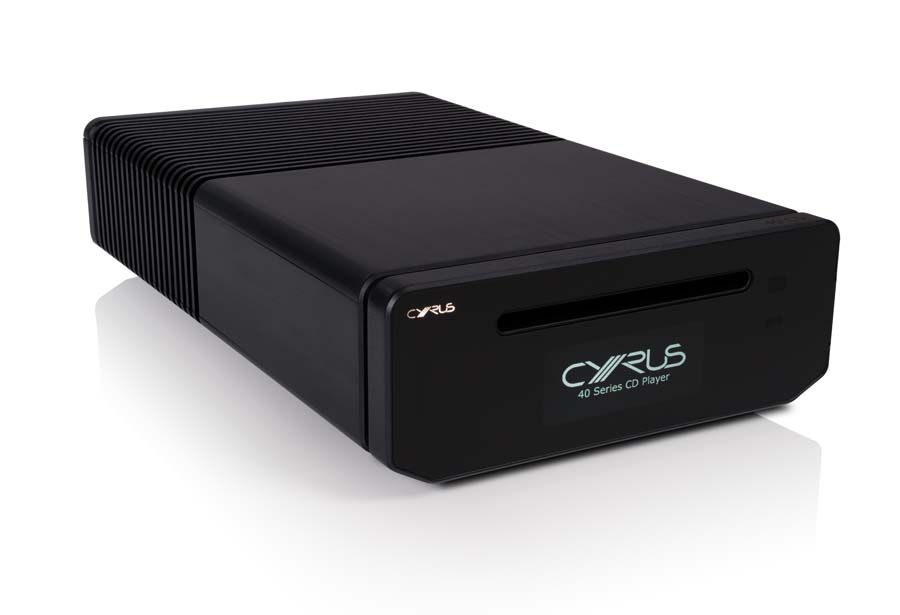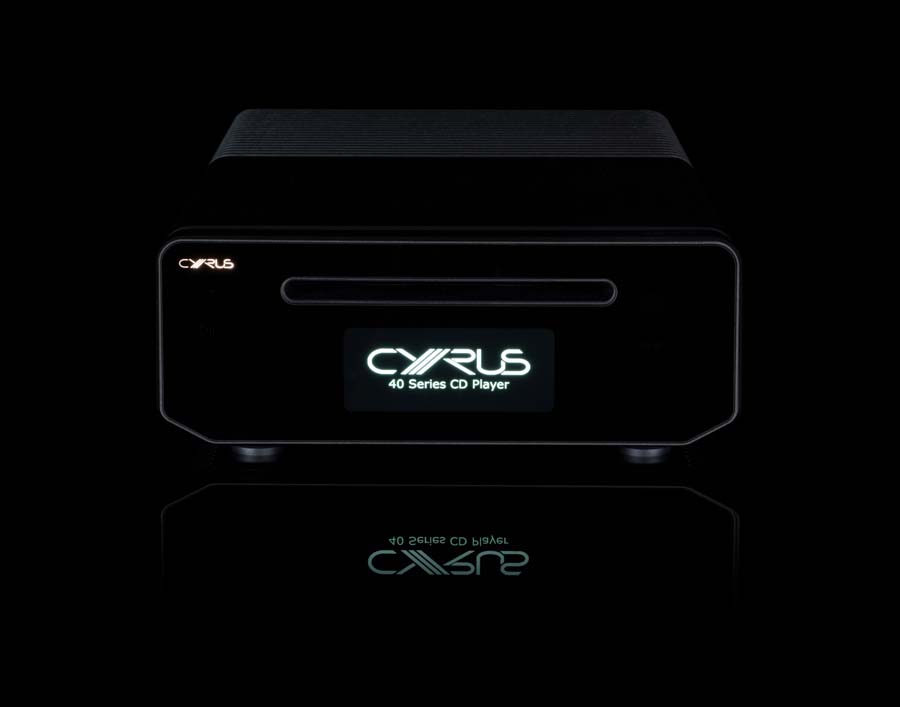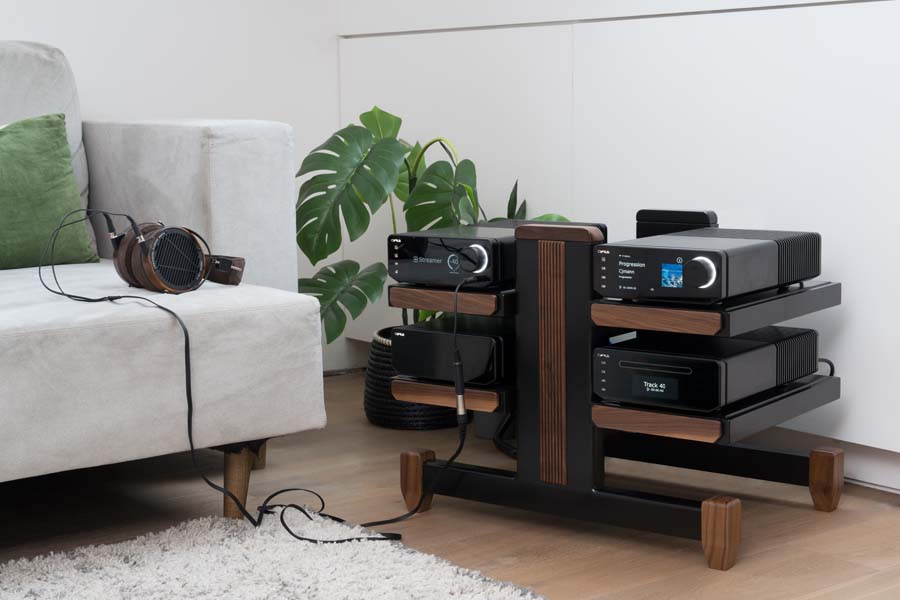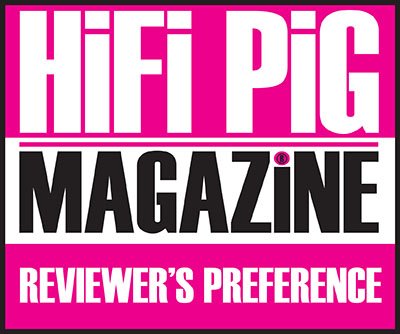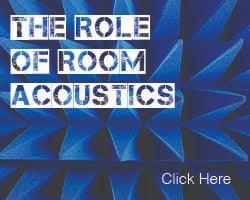CYRUS 40 CD PLAYER REVIEW
The new Cyrus 40 CD player is a bit of a departure in looks from the usual offering from this well-loved British brand, but will it cut the mustard sonically? Janine Elliot finds out for HiFi PiG.
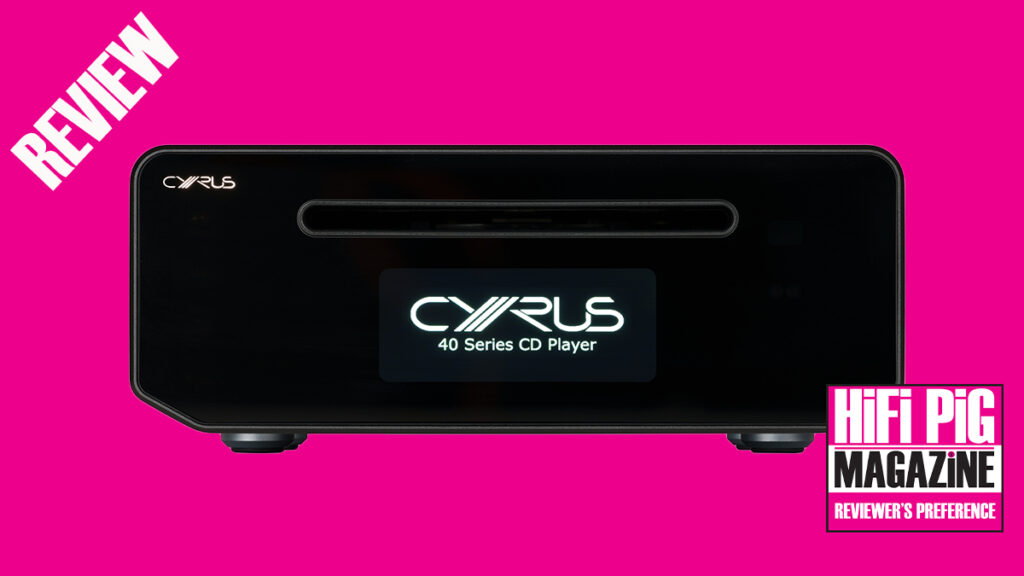
You can also find out more about the rest of the new Cyrus 40 series here, in our news story.
Many will know I still regularly use my CD player, a Krell KPS20i 36lb heavyweight, a machine retailing at £10,000 when it came out in the 90’s, a tiny sum to pay compared with the top of the range KPS25sc coming in at a giant £25k. When CDs overtook LPs in 1988 (and cassettes in 1991!) I still played my LPs as I knew they were still that good, and now that LP and reel-to-reel sales have recharged the audio word, could CD (and possibly cassettes!) surprise the world with a regeneration? Sales of CDs started to rise from 2021 with releases on the format by stars like Adele, Taylor Swift and BTS. There have been a series of new CD players released over the past few years (and recently the new Rotel (Michi) Q5 transport/DAC) showing that with decent electronics, mechanics and very carefully engineered and mastered CDs to put into them, the 16bit format can still offer excellent sound quality. The biggest problem now is that hardly anyone makes CD mechanics, other than for computers, just like in the cassette “mini” revival there is only one Chinese manufacturer making cloned Japanese Tenashin cassette transports for everyone (and it’s not a good one!) Ironic that the very best cassette manufacturer of all, Nakamichi, was taken over by a Chinese holding company in 1998. Cyrus certainly has faith in the CD, having produced no less than 27 variants since the PCM II in 1989, and that number has now increased by one with the 40 CD, part of the new “40” series to appear after 40 years of the brand, and coming in at a reasonable £2995 (plus £2495 for the external PSU upgrade).
STORY TIME
Now for another history story. Once upon a time there was a British company manufacturing excellent speakers called “Mission”, their 770 being regarded as the best by many, and now re-released by the company. Set up in 1977 by Farad Azima in Huntingdon, Cambridgeshire, they decided to make a “Cyrus” labelled amplifier, the Cyrus One, in 1984. With all the success, twenty years later the Cyrus division started to trade as a separate company (Cyrus Audio Ltd). Another 20 years later Cyrus is still going strong, an independent British brand noted for its half-width range of integrated amps, streamers, CD players, power amps and power supplies, products with a distinctive frontage that, like the shape of the Porsche 911, hasn’t changed much in its lifetime. That is until now. The new “40” series isn’t actually an anniversary range. Rather, it is a new beginning for Cyrus, and now their flagship range, and brings a new shape to their range – literally. If only Porsche would do the same. With 4 CD players still in production, the new 40 CD makes a big change in the looks, technology and design. As with Mission, the products are manufactured in Britain with their partners in Nottingham, SMS Electronics, and is run by MD Nick Clarke. As in their current XR CD series, the new 40 CD is a clean sheet design, rather than being a rehash on an older machine, as has happened in the past. As Chris Hutcheson, Head of Marketing says about the new 40 series; “This is just the beginning of some very exciting plans at Cyrus”. The project took 2 years to develop, and the company is still working on a phono preamplifier to add to the combo soon.


BUILD QUALITY AND FEATURES OF THE CYRUS 40 CD
Not only was I totally surprised at the appearance of the 40 CD when it arrived, but the quality of construction looked admirable for a mid-priced component. With the recent McIntosh MCT80 CD player also at half-width, most housekeepers will appreciate that the smaller foot-fall of Cyrus products means less dusting, but it does cause lots of problems in designing, especially in the 40 streamer and amplifier separates with respect to fitting in all the sockets at the back. My initial problem in setting up the lesser “socket-stocked” 40 CD was the fact that the two pairs (yes, Cyrus like doing that) of RCA output sockets were so close to the IEC mains inlet that using Wattgate type mains plugs meant that the first set of RCA outputs couldn’t be used.
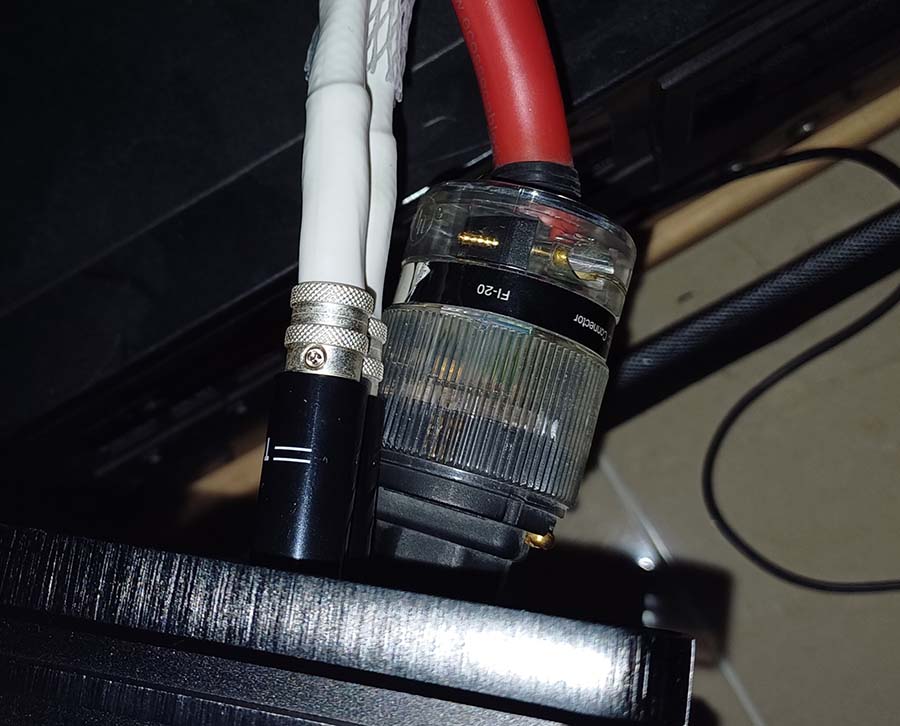
Also, I am a bit nervous about seeing mains leads so close to audio leads! However, all seemed to work OK. With so much space at the rear, a better positioning of sockets would have been my priority if I were designing this unit. Balanced XLR outputs would have been nice, too. The back also provides optical and coaxial digital outputs, plus there is an RJ45 socket for control and firmware updates and USB socket also for updates. Finally, there is a connection for the external 40 PSU if you want to take the machine to the next level. Unusually, there is no off/on switch at the rear. Plug it in and it goes straight to standby. The unit is designed to be left plugged in at all times. Inside the machine is the excellent ESS Sabre ES9039Q2M 32bit DAC as used in PDAs and digital separates, plus their HyperStream IV dual DAC technology. The unit offers a good 117dB S/N ratio (my reference Krell is 135dB at 60Hz).
Like the original Model-T Ford motorcar, the unit is available in any colour as long as it’s black, with a smart anodized brushed-black construction and a flat shiny black plastic front where all the fun is. That usually mechanical frontage with clear “Cyrus” logo from the past 40 years is gone. There is nothing here, not even a switch to turn this lovely-looking unit to action. As soon as you plug it in, though, it all comes to life. Everything here is touch-sensitive and the red “Cyrus” LED logo turns to white when you touch it (or press the “on” button on the universal remote). Suddenly the operation buttons are visible; CD loading/unloading button, stop/start, previous track, next track. Unfortunately holding the forward button for a few seconds does not wind forward like a cassette tape. It seems that only nerds like me would want to access a point in the middle of a track. Great shame, but typical of today’s CD players. Also, recalling earlier tracks becomes a bit of an art. It invariably won’t go further back than the start of the track you are already playing. My Krell remote control has no less than 37 buttons, including useful things like recalling any tracks you wish via a keypad, remaining time indicator and dimming the lights, etc. The Cyrus remote similarly holds many secrets of this initially “minimalist” looking machine. Touch the “menu” or “home” button and suddenly a whole heap of functions come to life on the display under three headings of “Audio”, “Display” and “System”. This includes DAC filter so that you can change roll-off of top frequencies (I remember the excellent “Legato Link” roll-off algorithm used in Pioneer machines such as the PDR609 CD recorder that prevented the horrible sudden cutoff at 20kHz). In the Cyrus there are 8 settings such as minimum phase, linear phase, and minimum phase roll-off speeds in the DAC settings page. Play mode also allows for repeats and shuffles. Under “Display” both the central display and LED button brightness settings can be adjusted, plus an “Auto Hide” setting, that cuts the display, but it magically comes back to life when you approach the unit. System settings include “about” (version of software, I.P address, etc), “auto standby”, a useful “factory reset”, “Upgrade”, “Time zone”, “Cyrus Devices” (if you have any more “40” series components connected), and finally, PSU information, if the 40 PSU is connected. Having an external power supply has been a feature of Cyrus separates since the early days, and really does improve the performance of the units. This clever device communicates with the CD player to give the best power output to the different components of the CD player. I must say that the internal power supply of the 40 CD is still very good, being totally redesigned to minimise interaction between different “sections” of the player. Like in my Krell, 9 individual stage regulators feed appropriate power supplies to different areas. The “Upgrade” setting is also a useful tool as it adds new features to the machine when they come available or fix any operational issues. All these on-screen commands do, however, mean you can’t adjust settings from your armchair unless you have amazing eyesight. Interestingly, the shape and looks of the shiny-black plastic top end of the remote bears a striking resemblance (in miniature) to the front of the CD player itself! I wonder if they thought of that.
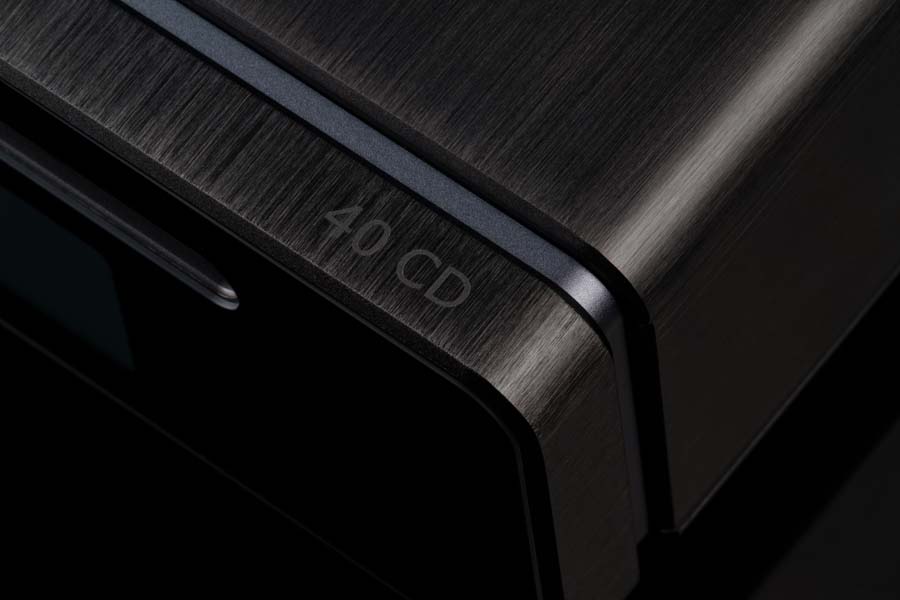



The 40 CD’s minimalist frontage does have a small slot to insert the important plastic disc that you want to play. The CD engine is the same unit as is deployed in the recent XR series, a high-quality slot loader that does take a few seconds to load the CD, rather than grabbing it violently like some other lesser slot-machine CD players I know. I am relieved to say that the CD transport is not an “off the shelf” affair, one that just isn’t up to the same audiophile standards of the last century, just like those modern cassette transports. This transport (or CD engine as they like to call it) is made in-house, and uses something called “Servo Evolution” or “SE”, designed 10 years ago. The software and mechanics are what make this machine particularly good with respect to jitter and accuracy. Developed by Cyrus in the UK, the SE platform is heavily focused on slowing down the speed of the disc so that the laser can read all the information on it with higher accuracy, producing around 20% fewer data errors compared with their earlier non-SE CD players that used generic lower quality transports. Reading the disc accurately first time means that the servo motors are not working so hard, and therefore they create much less digital noise. This makes for a much more accurate performance of the music. Where my own Krell DSP works at an amazing 66MHz – more computing power than earlier contemporary CD players – the new Cyrus engine just takes musical detail and timing to supersonic heights. This is an excellent machine, as can be confirmed later in the review.
Operating the 40 CD is a piece of cake; once the CD is swallowed into the machine it will tell you how many tracks you have on the large display window. Whilst the track number that you play is easily seen from many feet away, the time display of the track is not so easily visible, though because you can’t forward wind or rewind within a track that perhaps is not too important. There are no details of CD or track name. Pressing the forward button will navigate you to the next track, but pressing rewind to go to an earlier track is not quite so easy. Similarly, if you want to go from track 1 to 5, for example, is not as easy as holding on to the button until you see “track 5” appear on the display, which is perhaps more logical. The remote itself is very well made, and looks good, apart from the fact that it is black and the writing is in grey. However, the source buttons light up when you press “CD”, “ST” (streamer), “AMP” or “PPA” (phono pre-amp). Not all functions work on the CD (such as volume up/down, or input up/down), but it is a compact size and looks great as a generic remote for all Cyrus 40 series components. Finally, the packaging is excellent, including the material slips to package the unit and the remote. Accessories are good, including several mains leads and a USB lead that, unusually, ends in an old-type mini-USB cable, which brought back memories of 20 years ago. The box itself is well made with a lovely full-size paper sheet inside labelled “Welcome to the Cyrus Family” and the box is secured with a Made in Britain label and flag. Cyrus is undeniably proud of its products and heritage, and so they should be!

SOUND QUALITY
I often use Kate Bush’s “Prelude” and “Prologue” from the ‘Aerial’ album as a starting point for reviews. I know these tracks so well; not only can I check to see Kate’s voice is suitably realistic and not coloured, but the excellent noise floor, forward sounds of the child’s voice, tom-tom drum echoes and decays, distant bird sounds, and gentle violin and flute sounds are pointers to allow me to accurately check that the whole is performed accurately and musically. My Krell makes it all sound very musical and warm, with a great bass end. I expected to be slightly disappointed once switching on the Cyrus, but I got the biggest shock; this CD player is a stonker of a machine! Not only was everything positioned perfectly, but the amount of detail in the soundstage was excellent. All the instruments, vocals and bird sounds were so clear and perfectly aligned through my WB monitors. The piano repeating bass chords and arpeggio playing was very precise and realistic with good decays to the sounds and excellent noise floor. Mechanical noise from the CD itself was very quiet, too. Similarly, the bass guitar was extended and clear. The amount of detail extracted from all the CDs I played was excellent for a machine just under £3000. John Lee Hooker’s “Deep Blue Sea” was carefully performed, especially his foot-tapping, and for the first time I heard a slight microphone wind noise at 01’58”, something that even my Krell misses. Eva Cassidy has a lovely voice with a powerful dynamic range, that can sound a bit fuzzy on lesser CD players or amplifiers when they can’t control it. On the 40 CD and the song “Fields of Gold”, her voice was truly operatic and the Cyrus made it all sound too easy. Some CD players can make her fortissimos sound too digital and forced, but here was a very musical and believable performance of her vocal range. Even finger-work on the acoustic guitar was clear and added realism to the playing. My Krell really is hard to beat, but the clarity from the Cyrus was better, and whilst a little more clinical, it still had musicality which kept me listening to music for hours.
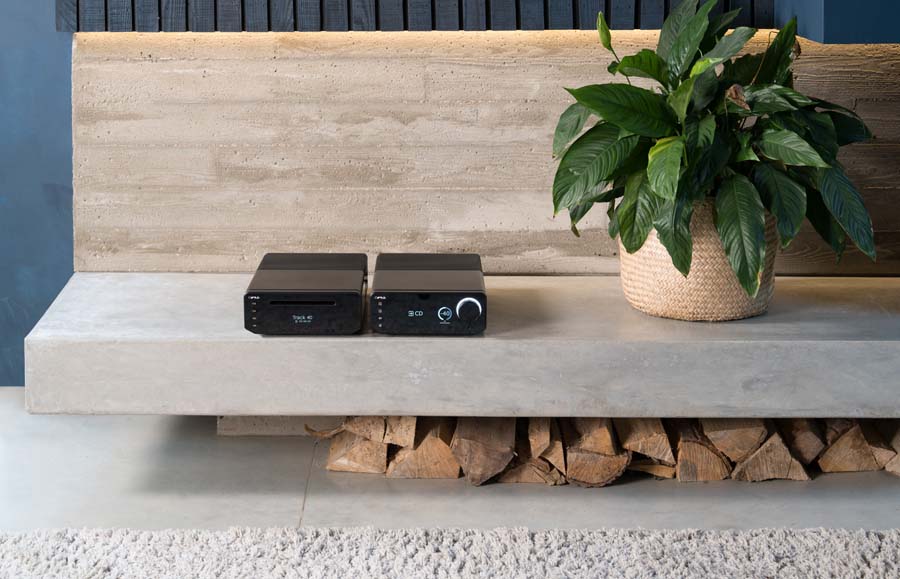


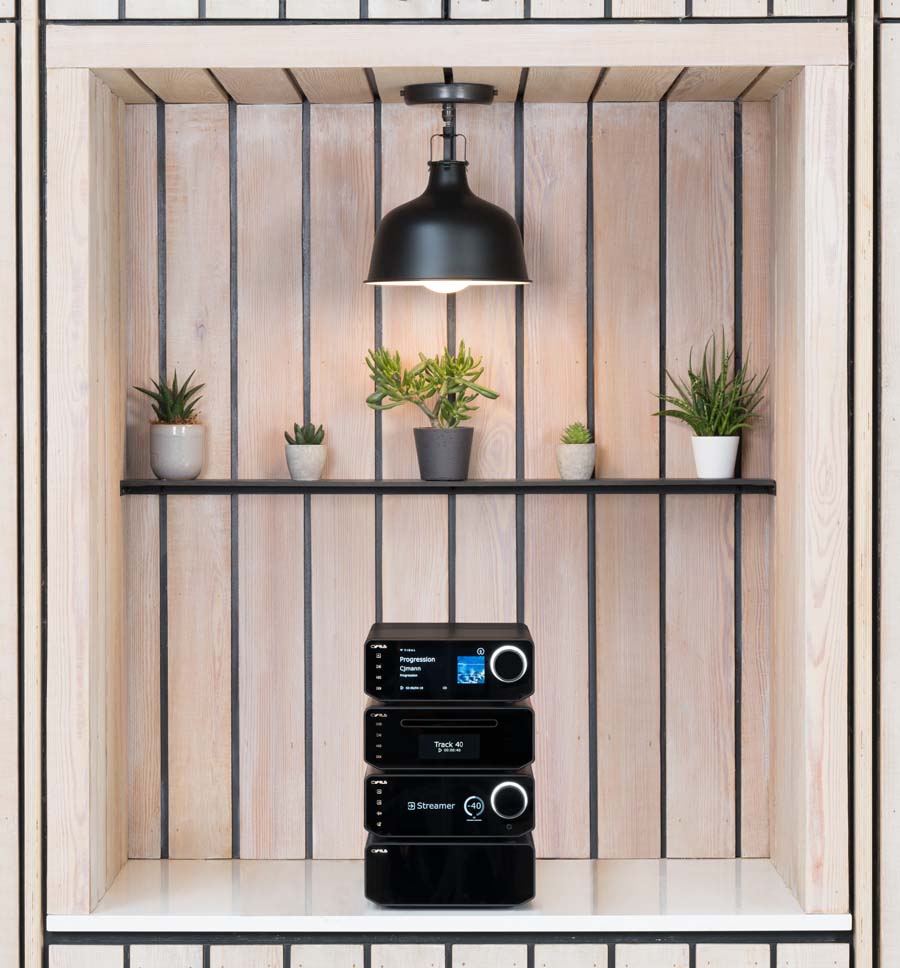
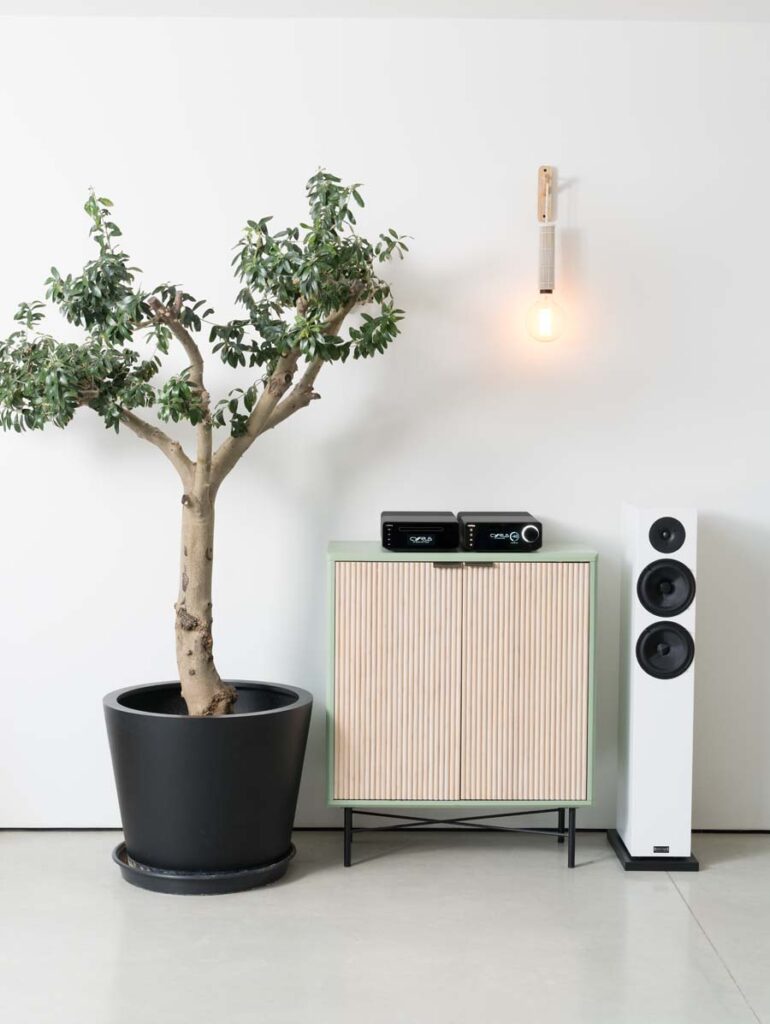
The ‘Concerto for 11 Mandolins’ (Vivaldi) on Chasing the Dragon’s first test disc is brilliantly recorded using a minimum of microphones. The Cyrus captured the music with immense detail, a tight performance with excellent noise floor. That detail was also equally well captured in “Watching the Wheat” played on harp on the 5th track of the album. Sensitivity in the bass region is also spot on, the track recorded on a Nagra VI using two crossed-pair Neumann U47’s.
Continuing with the classics, Beethoven’s Coriolan Overture (Nimbus N15122) was equally clear with good space between the instruments and no distortion on the brass “peaks” in between the relaxed string phrases. A period-instrument performance (by the Hanover Band, conducted by Roy Goodman), this is an ambisonic recording (for 4 loudspeakers) working equally well in stereo. You can well hear the acoustics of the hall helping give the sense of perspective of each of the instruments in the hall, detail from the SE platform helping to convey all that information.
Finally, Philips’ “Complete Mozart Collection” and the piano concertos. Many are played on very old Fortepianos, which always sound a bit horrible. The Cyrus, with all its detail, inevitably made this sound less musical than my Krell, which slightly spoiled my listening. The Quintet in Eb KV452 for piano, oboe, clarinet, horn and bassoon was very precise and again very slightly more clinical than the Krell.
Dadawa’s ‘Sister Drum’ has plenty of fast transients from the percussion instruments and these were brilliantly orchestrated from the 40 CD. Everything was tight and precise, making for a very enjoyable listening exprience. Similarly, Pink Floyd’s ‘A Momentary Lapse of Reason’ was so clear and all the micro-details of this excellently engineered album came through. This, the 13th studio album from the prog rock icons and released in 1987, is one of the best-recorded albums ever, perhaps bettered only by the “Dark Side of the Moon”. All frequencies were clear and only the bass end left me slightly wanting. The precision and musicality were boundless, only bettered by CD players costing much, much more. I was so impressed by this little player that I would undoubtedly put my hand in my wallet if I wasn’t already blessed by another iconic player.

CONCLUSION
If you thought CD players were ready for the museum, you’d be wrong. With the right player and the right plastic disc, they can still amaze listeners with their detail and musicality. Cyrus should be so proud of their latest player. Not only does the minimalistic box hide a brilliantly engineered CD engine, but it is a highly adaptable machine that allows you to get the best sound you would wish for. At £5 short of £3k this is a small price to allow you to savor your prized CD collection that you had only recently assigned to the loft.
AT A GLANCE
Build Quality:
Well-built and good-looking minimalism.
Great new styling for Cyrus
Sound Quality:
Excellent across all frequencies, this is a very detailed performer with excellent noise floor and soundstage clarity
Value For Money:
At £5 short of £3000 this is one of the best CD machines available today
We Loved:
Focus and transparency
Detail from the 16-bits
Pin-sharp sound-stage
Great new looks
Tidy remote
We Didn’t Love So Much:
Position of RCAs and IEC connectors
Elevator Pitch Review: Cyrus has enjoyed an enviable reputation for quality, design and looks for 40 years now, especially in their many excellent CD players since 1988 (PCM II), and the latest CD player, the 40 CD, is a total rethink on their design philosophy. Whilst their products have looked as predictable as every Porsche 911, the new 40 series marks a radical new departure for the company. Still half-width, these look really classy and minimalist. Inside the 40 CD (their 28th CD machine) is a new engine that takes reading of the plastic disc to a new level. A development of their Cdi-XR CD player with “SE” Servo Evolution technology, this is excellent quality in all areas for the money. While CD has been a dying media over the last 25 years, some – like me – still believe this is still an excellent sound storage system, and as more and more companies bring out new CD (and even cassette!) machines so you can play your collection that you assigned to the loft, this new baby hopes to show that the format is still alive and kicking.
Price:
£2995 (plus £2495 for the external PSU upgrade)
Janine Elliot
System used:
Krell KPS20i (CD); Music First Audio Baby Reference pre-amp, Synthesis Roma 98DC valve and Krell KAV250a SS (amplification); Wilson Benesch Arc and Torus, Townshend Supertweeter (loudspeakers); Tellurium Ultra Silver 2 and Townshend F1 and Isolda cables, Coppice Audio stand and Townshend rack.
Specification
Power Supply
Voltage: ………………………………………………………. 100-230V
Standby……………………………………………………………. <0.5W
Power Consumption…………………………………………….. 30W
Safety Compliance……………………………………………………CE
EMC (230V)……………………………………………………………..CE
EMC (115V)……………………………………………………………FCC
Analogue output
DAC…………………………………….ESS ES9039Q2M 32 bit DAC
SNR……………………………………………………………….. 117dBA
THD+N……………………………………………………………. 0.002%
Enclosure
Size (HxWxD) … 88 x 220 x 365 mm (3.46” x 8.66” x 14.37”)
Weight…………………………………………………. 5.2kg (11.5lbs)
Material……………………………..Anodised aluminium chassis
Merit-Based Reviews and Awards
At HiFi PiG, our reviews and awards are always free. No fees for reviews, no fees for the recognition we give.





















































